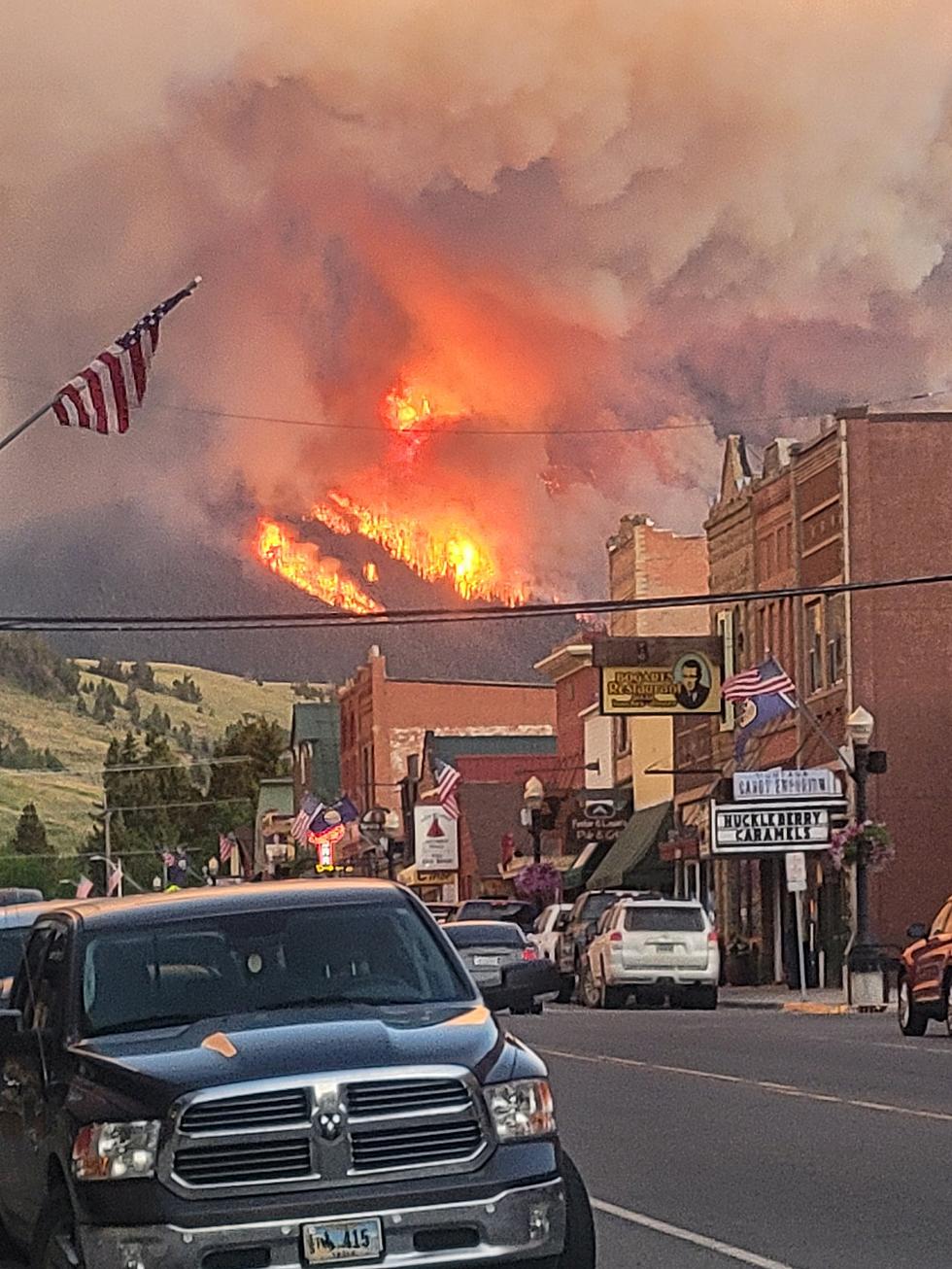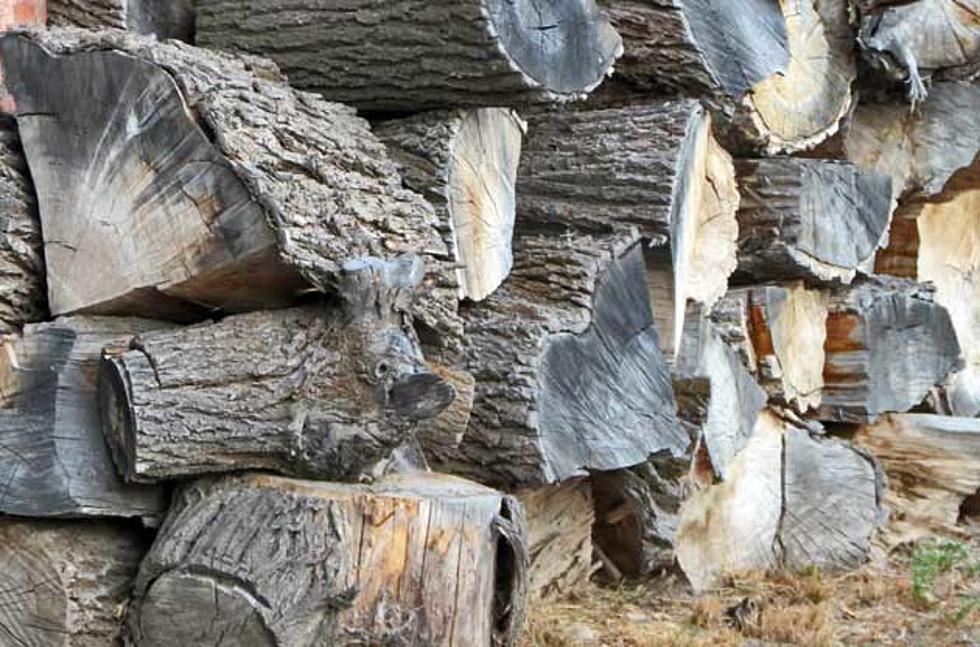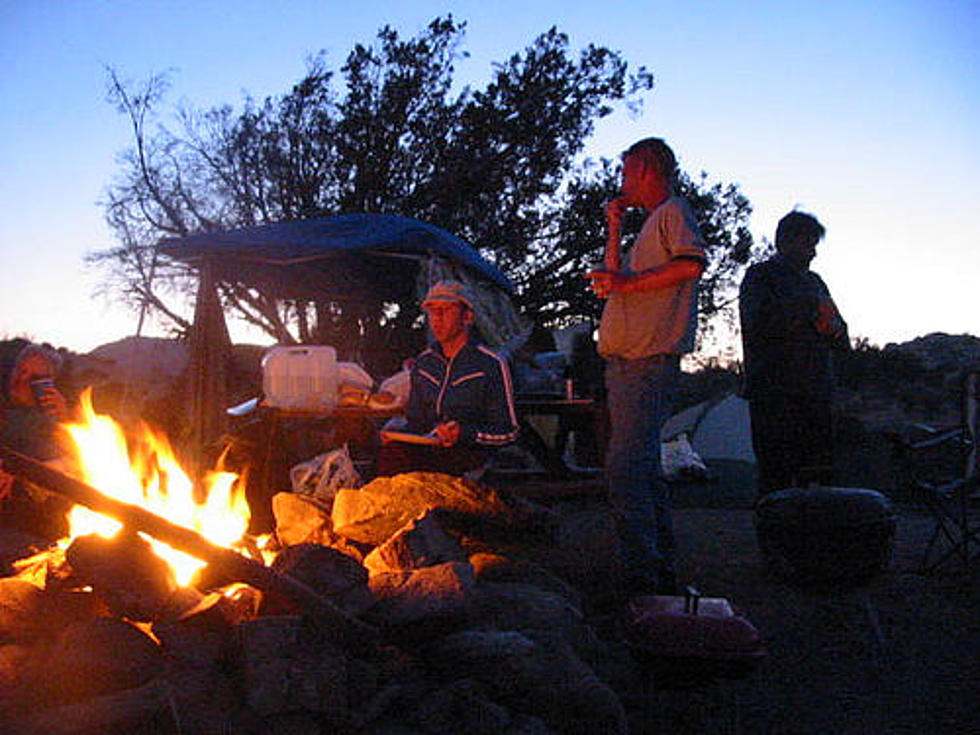
Popular Montana Ski Town Being Evacuated Due to Massive Wildfire
Well, it has begun! Fire season has arrived, and a little earlier than we would expect. Severe lack of precipitation and winter snow pack have led to some dangerously dry conditions in much of Montana. In fact just last week, Gov. Gianforte had a briefing about the drought conditions in Montana, saying “Much of Montana is currently in moderate to extreme drought conditions. I've already heard from farmers and ranchers in eastern Montana, who are worried about the lack of rain and what it means for their operations heading into this summer and fall.”
These conditions, in what is traditionally a month used to "some precipitation," is dangerous for fire activity. With some areas of Montana being much dryer than others. Take eastern and central Montana for example. Near record high temperatures have been experienced in places like Billings over the last few days. This is enough to soak up what little moisture was left from Spring. Now that things are already drying out, the fires are beginning to spark. Communities like the popular ski town of Red Lodge, are currently under evacuation orders.
According to InciWeb
The Robertson Draw Fire, burning south of Red Lodge, Montana near Clark, Wyoming is estimated to be 21,000 acres as of the morning of June 16. Evacuations and Evacuation Warnings are in place for multiple areas near the fire. Firefighters focusing their efforts on structure protection and containment.
Firefighter and public safety are the top priority. Efforts will be focused to protect resources at risk including assessing and implementing structure protection needs, implementing back burning efforts and continuing building fireline. Additional aircraft and crews will be arriving today to assist the firefighting effort.
Another large fire is burning near the towns of White Sulphur Springs and Townsend. This fire also is showing sign of possible evacuation orders. Not to mention a DNRC helicopter crashing while investigating the blaze.
Prayers to all affected by these fires. It is time to mentally prepare ourselves for what else may come from the 2021 fire season.
LOOK: The most expensive weather and climate disasters in recent decades
How Many in America: From Guns to Ghost Towns
More From 96.9 Zoo FM









